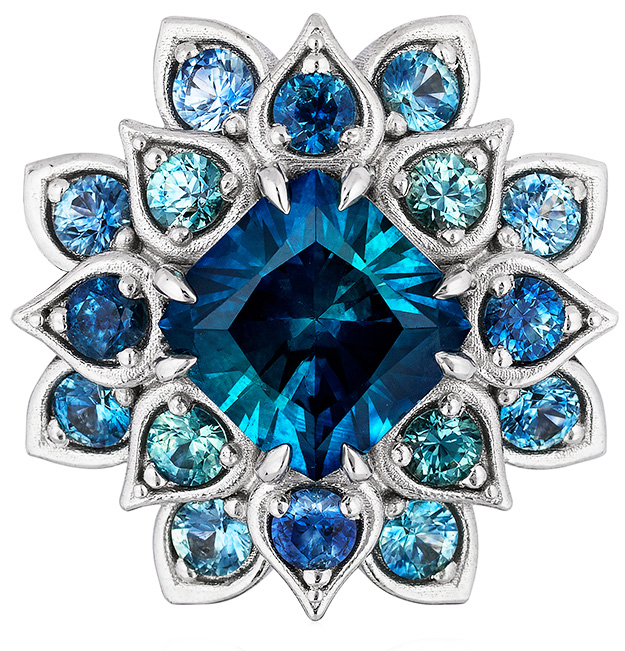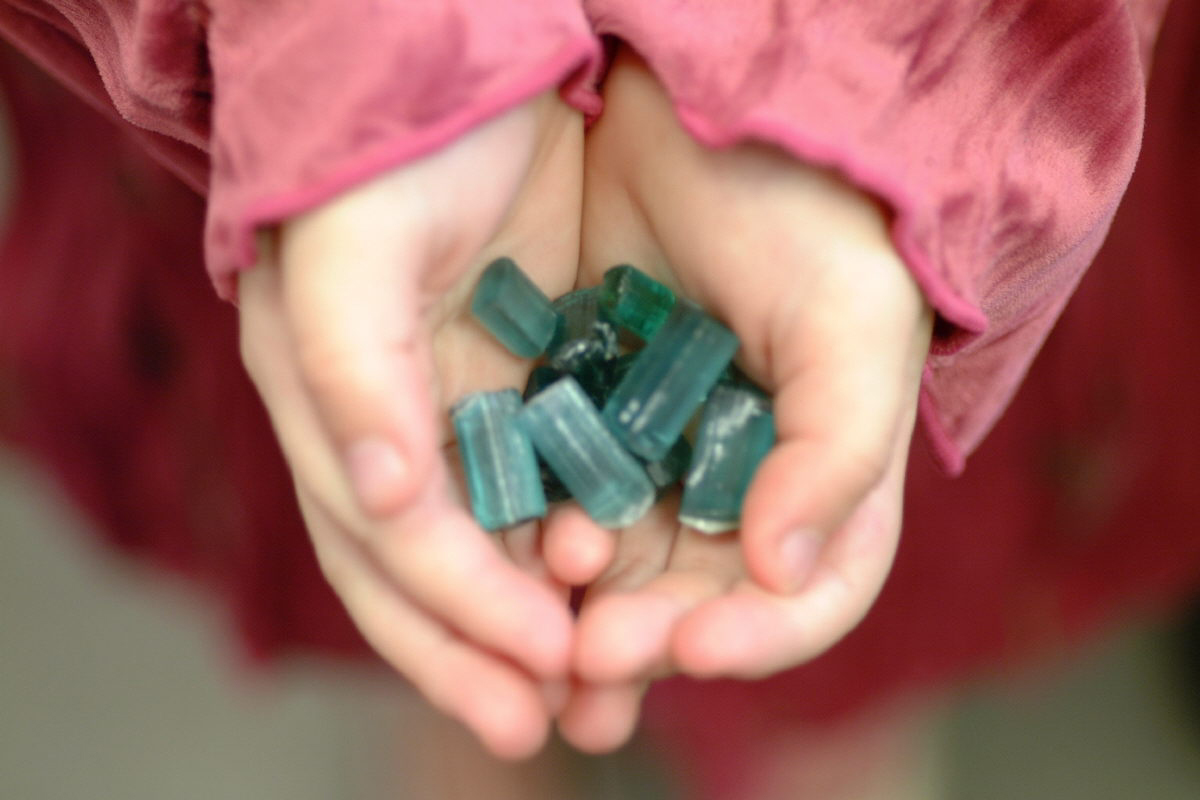
As many of you know, I’ve spent over 30 years in the jewelry industry as a colored gemstone dealer and designer.
Working as a dealer who supplied high-end jewelers and collectors for decades led me to understand the nuances of the international gemstone market, including pricing.
Clients have questions on how prices are established in colored gemstones. Below, I give you the simplest, clearest and most accurate answer I can. If you prefer to video over print, watch here
Supply and Demand in Colored Gemstones 101
Colored gems, with their electrifying and pulsing colors, are no summer romance; they are a study in nuance. And, true rarity.
With diamonds, certainly, until the last decade, centralized mining cartels determined the supply available over a certain time period while stimulating demand through marketing campaigns, such as “a diamond is forever,” or “the right-hand ring.”
Their market is highly orchestrated and actual output is controlled, much like OPEC handled oil.
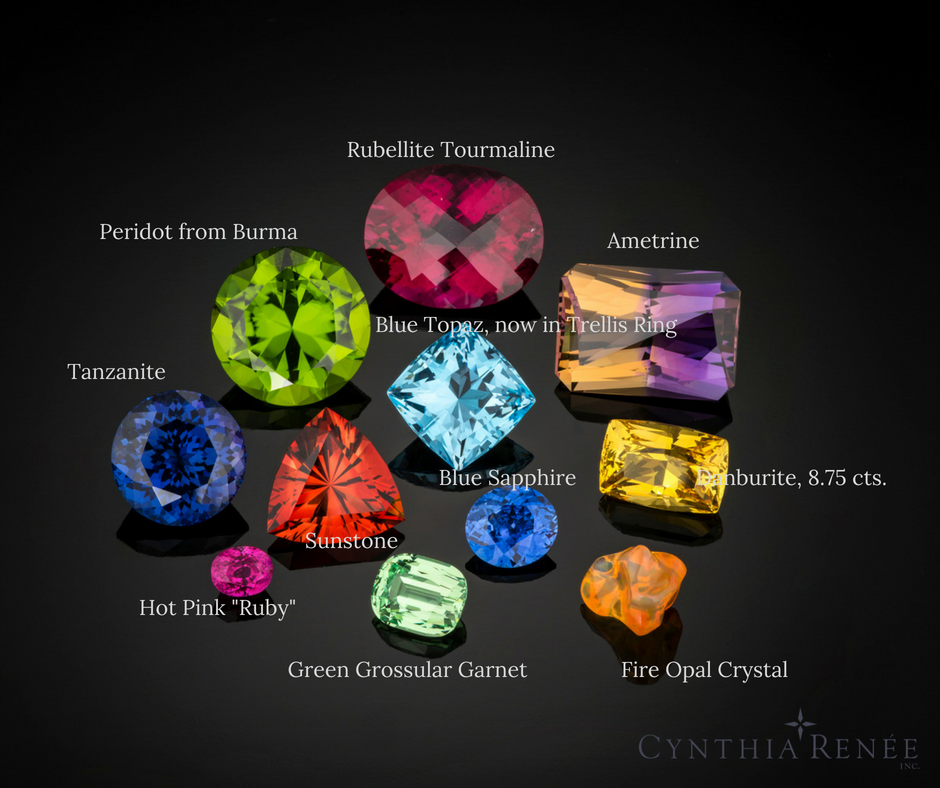
Without an organization controlling output, colored gem prices are an actual reflection of supply and demand.
All over the world, gem finds can quickly spring up, then play out.
Each of the 20 to 40 varieties of colored gems you’ll find in jewelry has its own market dynamic, sometimes even subdivided based on country of origin, as the price differences between Colombian and Brazilian emeralds.
The thing that makes colored gems so intriguing is one of the things that save them from being commoditized: Color.
These gems don’t just have “a” color. They have secondary and tertiary hues, masked with tones of grey or brown, all with intensities ranging from docile baby blanket pink to blatant baboon-butt fuchsia.
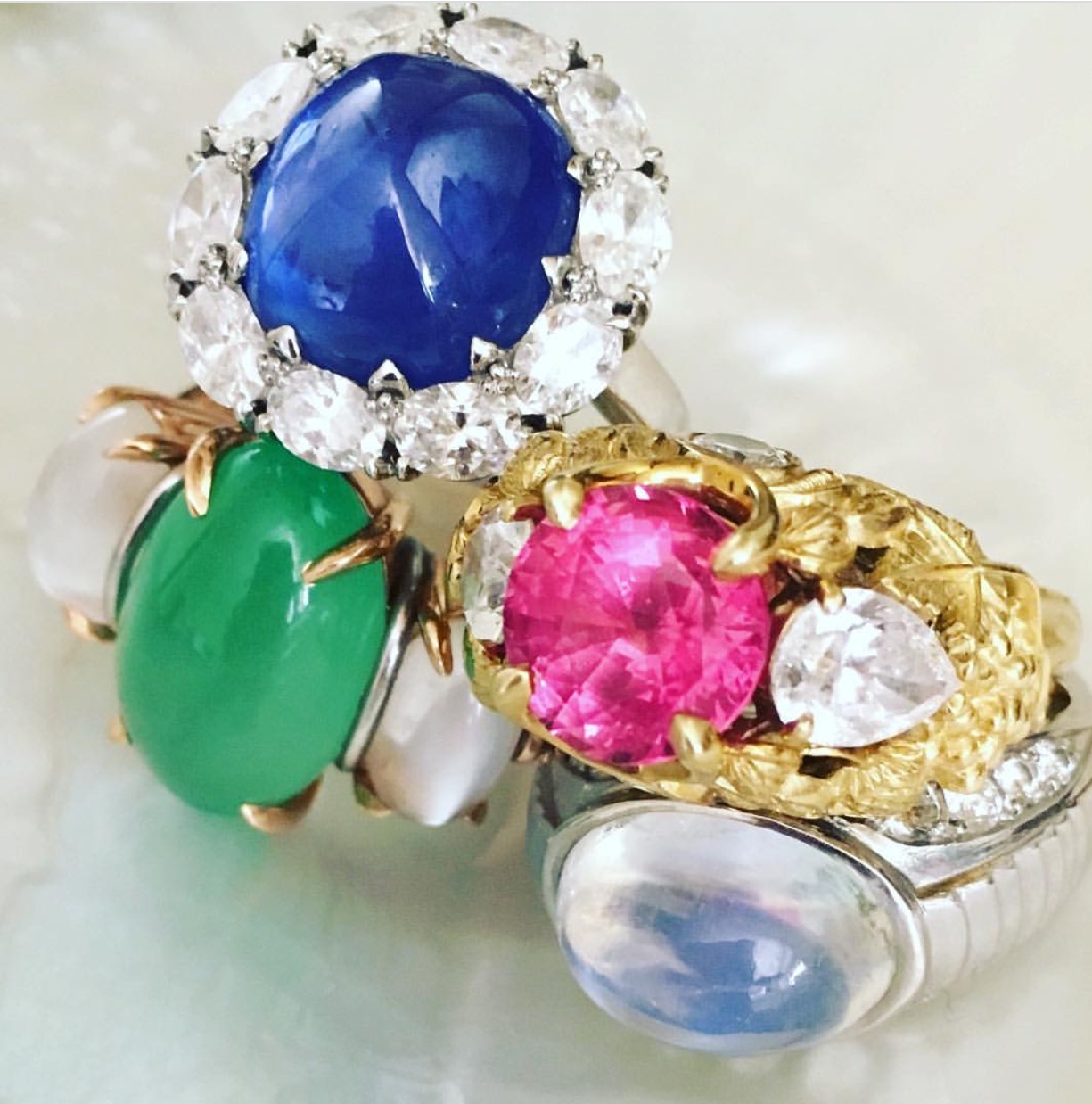
This color trilogy can be further complicated if the gem sports an optical phenomena such as a star or cat’s-eye.
Colored gems’ nuances have so far defied the easy categorization that is necessary to construct the color/size/quality/price grid necessary for trading commodities.
Rhodolite is one of the reddish varieties of garnet that is popular in jewelry. If somebody wanted to corner the rhodolite market, they’d have to negotiate agreements with miners working areas in East Africa, Madagascar, India, Sri Lanka, China, and Brazil, for starts.
It’s not just one mine in each of these countries; more often, there are clusters of many small operations mining the gems in each geographic area.
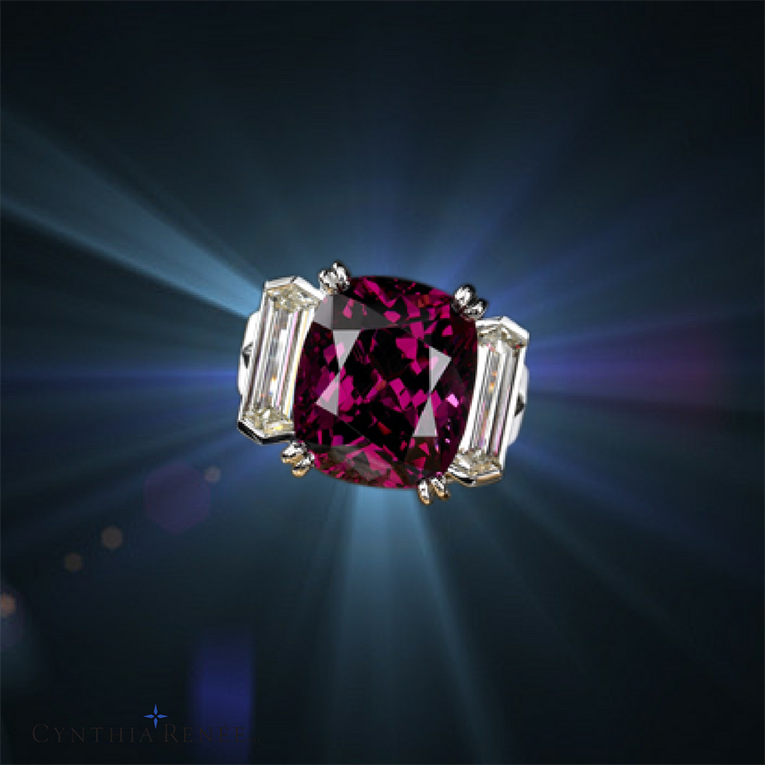
It would be impossible, like a never-ending game of Whack a Mole – hammer a solution to one problem, and others pop up, ad infinitum.

Colored gem supplies go up and down, depending on politics, the economy or geology.
A government can shut down or take over a mine – during economic downturns, there isn’t as much demand, so mines close – or, geology takes over, and a gem find is played out – there is no more.
Likewise, the supply can be affected by high demand – a gem is so popular the supply becomes limited, which raises the price – too many people chasing too few gems…..
What does it take for a colored gem to be in demand?
Let me touch on some of those aspects:
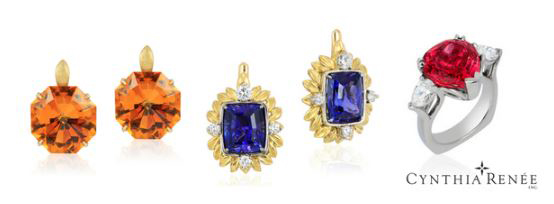
Yes, you will find some unattractive gems with higher prices, but they are mostly rare gems sought by gem collectors, not something for the jewelry market.
Yet, I have seen the “emperor’s new clothes” effect where the less educated consumers are drawn to a moderate gem because of great marketing or ego-actuated bids in an auction.

We may be drawn by a gem’s beauty, but it is rarity that gives a gem its exclusivity. “Rock crystal” quartz is beautiful but it’s not rare, so its price is not so high. Tsavorite garnet (above) is a rare gem found only in the Kenya/Tanzania borderland.
The degree of cutting finesse makes the difference between a dull stone and a brilliant gem. Of course, a brilliant gem is more desirable.
Some gems are acceptable with some internal inclusions, such as emerald and red/pink tourmaline. Others, such as aquamarine, come readily without inclusions, so if an aquamarine is included, it should be substantially lower per carat than an equivalent eye-clean aquamarine.
Other gems fall in the middle, and were mainly concerned with the placement of the inclusions, and whether they would be a structural defect that would affect durability and wearability.
A perfectly placed “horsetail” inclusion, above, in a rare green Demantoid Garnet is actually very desirable as it shows the gem is from the fabled provenance of Russia.
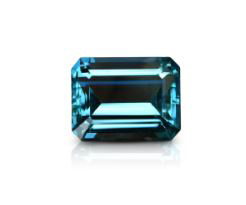
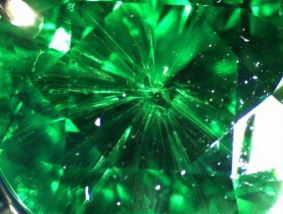
Though color preferences are personal there are, nevertheless, prices that correspond to particular colors.
What may appear to the layperson to be subtle color differences can be translated into significant monetary differences.
Size.
A 3-carat ruby is much rarer than an equivalent quality 1-carat ruby and would be many magnitudes the per carat price.
Conversely, sometimes a gem is too large to be usable in the jewelry market, such as a 100-carat aquamarine of average color – that would fetch a lower price per carat than an equivalent quality gem of 10-carats as there are fewer uses for a 100-carat gem in jewelry.
Durability.
The gem may be beautiful, rare, intensely colored, the right size and well cut, but if it isn’t durable, it won’t endure to be passed down the ages as a jewel.
With color gems, provenance refers to the country or mine the gem is from and this can affect desirability, such as sapphires from the fabled Kashmir area of India (see the ring to the right) or rubies from Burma or the electric neon tourmaline that is really from Paraiba, Brazil (not Mozambique).
The interplay of all the above attributes determines the demand for a gem or its desirability. And, this interplay of characteristics
is different for every gem.
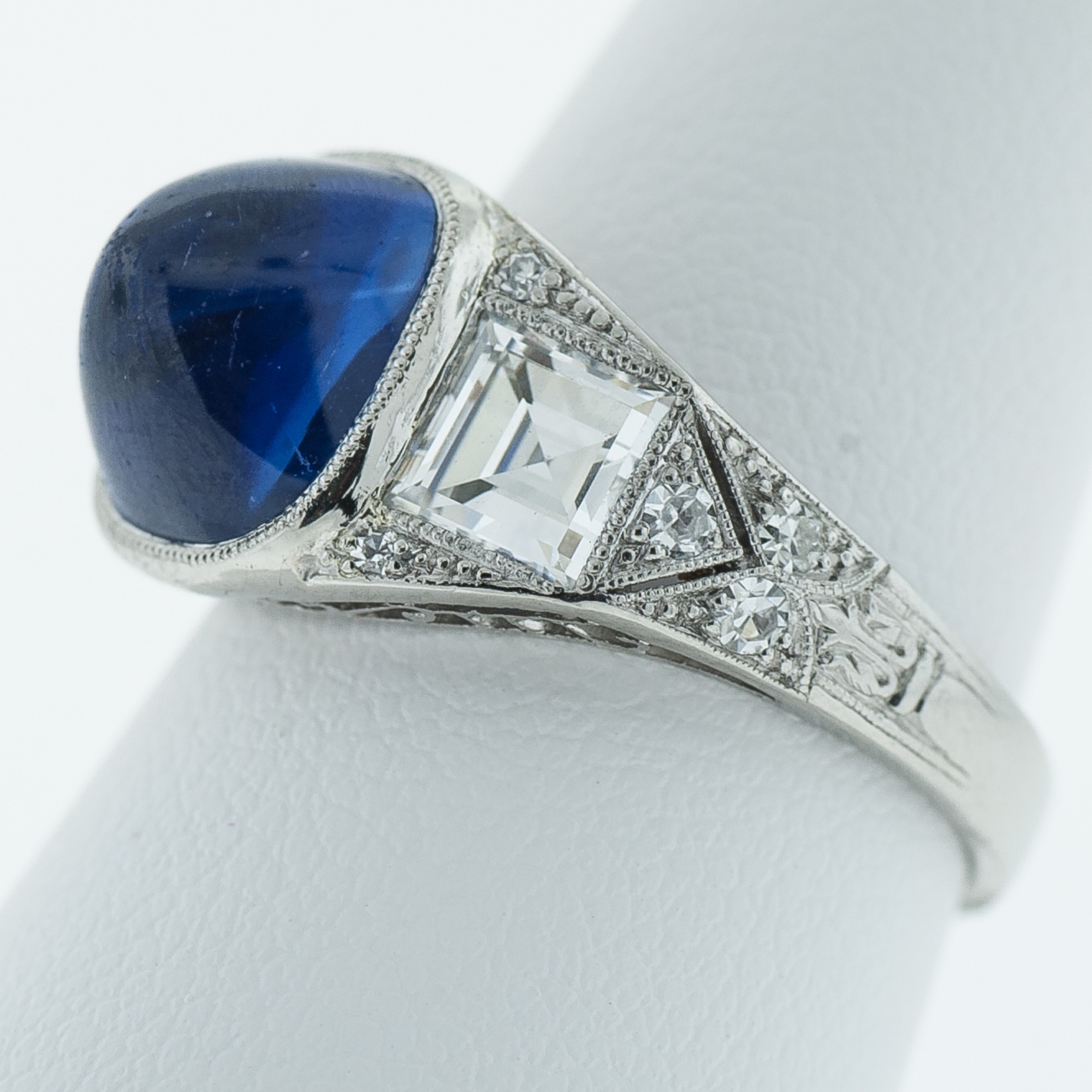
How can we apply the above?
Public awareness is a factor. A gem must be abundant enough supply to create a demand.
It’s a gorgeous gem – a favorite of most gem dealers because of its great beauty and rarity. Prior to 2007, gem dealers could afford to keep a few from their inventory for themselves or their family. It’s price at that time, did not reflect it’s rarity and beauty.

Spinel has been around a long time and it was often confused in antiquity as a ruby because of its red color. Spinel also seen misnamed in a lot of crown jewels as ruby – the “Black Prince’s Ruby” in the crown jewels of Great Britain is really a ruby.
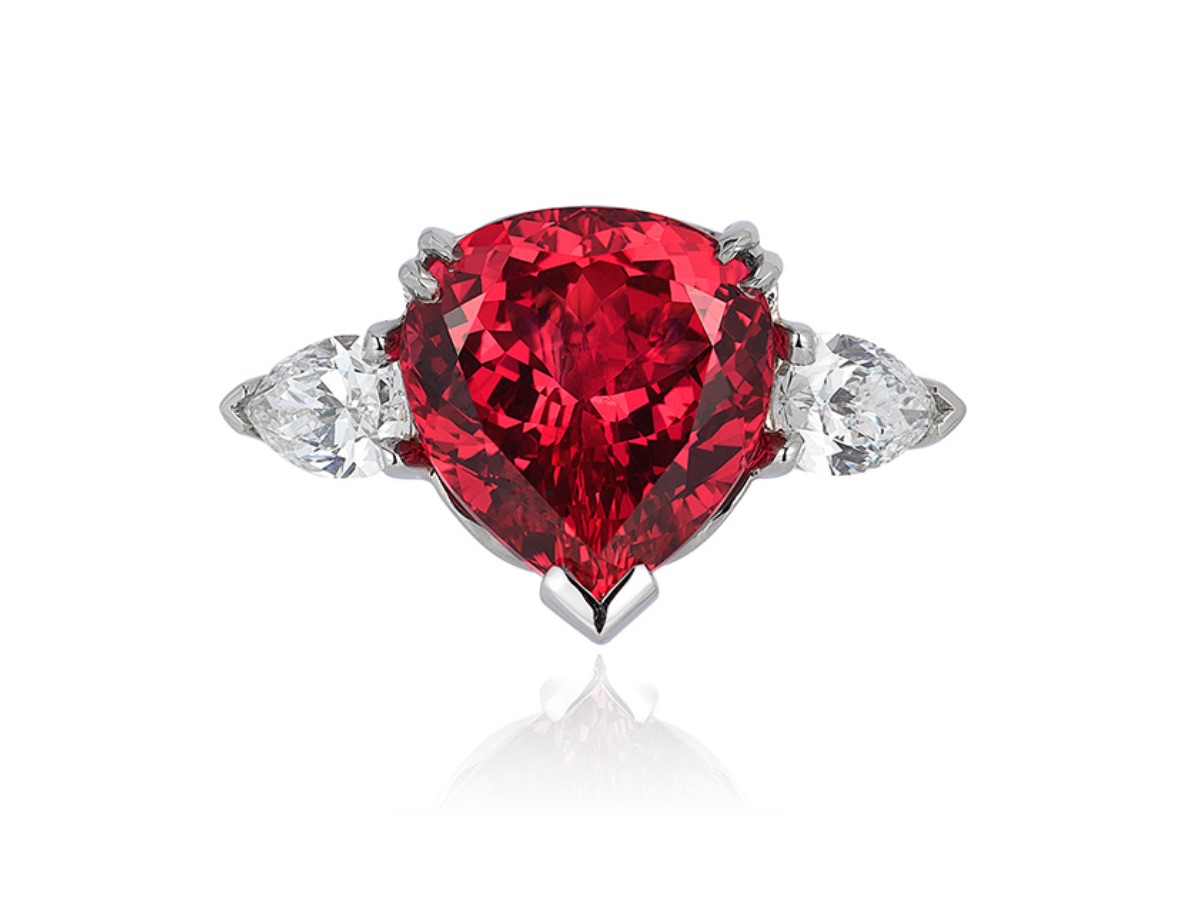
Your Next Step? Contact Cynthia to start your jewelry project, whether a new creation or to transform your unworn jewels into a new favorite.
